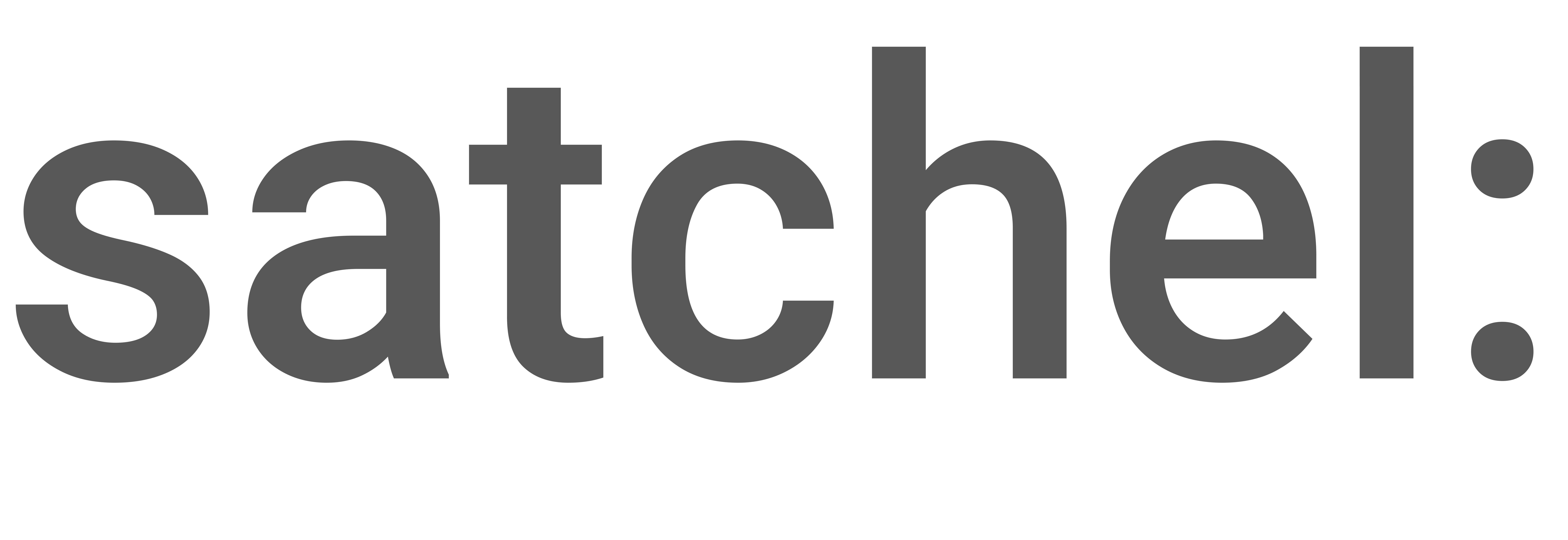Author: Rhys Giles
Posted: 09 May 2017
Estimated time to read: 3 mins
We know the importance of training users on a new software. By providing software training for every school that purchases Show My Homework means that usage remains high and our schools get the most out of the software. When you’re looking at introducing a new piece of software into your school, bear in mind that training is an important part of this process.
Whether you invest in training or provide it yourself, it is integral to the uptake of users and success. Here are our top tips for delivering a good training session:
Empathise with your audience
The things you care about don’t necessarily matter. The only thing that matters is what your audience needs to see to get value out of the session. Think about the questions you had when you saw the product for the first time, and try to address these during your training session. If you’re doing multiple sessions and the same question keeps coming up, add the answer into your presentation.
The route you should take through the product should be a workflow that your audience will use when they get started. It keeps the session structured, and helps your audience understand the purpose of the product rather than just the functionality.
Use schemas to your advantage
Schemas, in the context of training, are pieces of information that can be applied in a lot of different places. If a menu in one area of a website does the same thing in every other area, you only need to demonstrate its usage once. Recognising schemas can help you simplify a presentation and stop your audience from getting bored with repetitive instructions.
Keep it short and simple
However interesting you think your presentation is, your audience will almost certainly start switching off after about 20 minutes. Especially, as is often the case, if the training is taking place after a long day’s work, and if you’re doing it in a warm room. The best thing you can do to help this is to keep your training as short as possible. By utilising schemas and empathising with a first-time user, you can simplify the training enough that you won’t get as many droopy eyelids as otherwise.
All training is eventually going to hit a point of diminishing returns as you stretch out the session. It’s your job to identify the point that your direct instruction can come to an end, and user exploration can take over. Trust that the audience has the initiative to discover elements of the product independently.
Make it practical
An obvious way to combat the fatigue of long presentations is to employ a practical element with clear goals. By setting this clear goal, you can avoid meandering and aimless practice, and cut out distractions and the temptation to mess around.
Make it exciting
You might know them as ‘hooks’ - a small, quick demonstration of product features that are formulated to impress a new user, and draw them into the product. By peppering your demonstration with these, it’s easier to keep the audience engaged, and will encourage them to explore the product’s capabilities.
It’s a performance
There’s no way around it, you are the centre of attention during your training session, and if you’re not speaking in an engaging manner, you’ll lose their attention. There are small things that you can do to keep your audience with you though:
- Ask them questions occasionally, even if it’s only “does that make sense to everyone?”
- Move around. Point things out on the screen, physically.
- Don’t read from a script. Ever. Or from a PowerPoint presentation. At the very most you should have bullet points to remind you of which key points to hit during your presentation.
If you’re not used to public speaking and are nervous, the only way to get over this is to persevere, it will eventually become something that is second nature to you. We hope that you find this guide useful, and can utilise it the next time you’re having to give training on a new software.
Next: Focus on Teacher Wellbeing to Improve Retention in Schools



